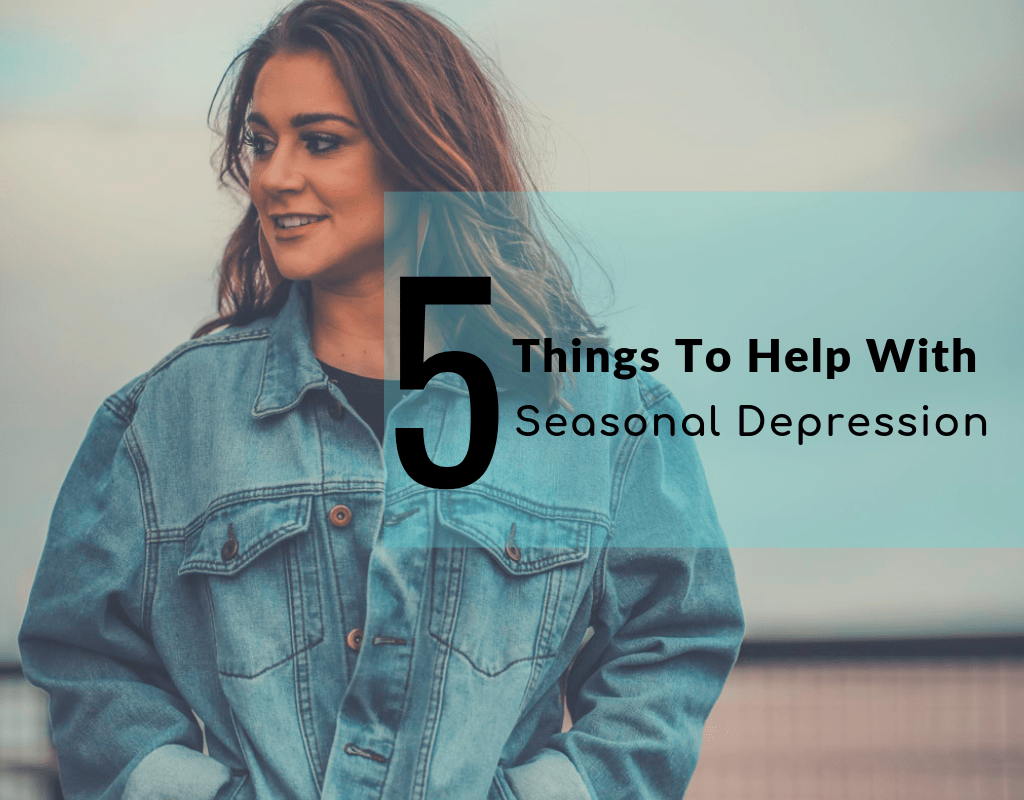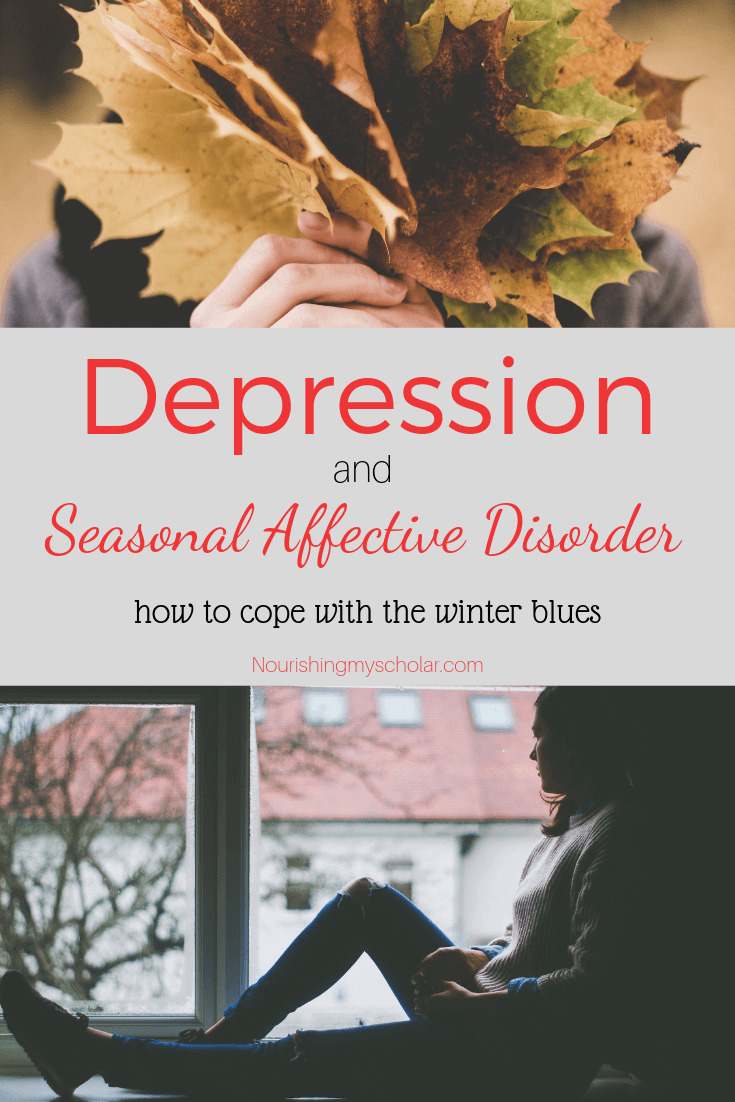Is Light Therapy Safe
Light therapy is typically safe and well-tolerated. But you may need to avoid light therapy if you:
- Have diabetes or retinopathies: If you have diabetes or a retina condition, theres a potential risk of damaging the retina, the back of your eye.
- Take some medications: Certain antibiotics and anti-inflammatories can make you more sensitive to sunlight. Light therapy can then cause harm.
- Have bipolar disorder: Bright light therapy can trigger hypomania or mania, uncontrolled boosts in mood and energy level. People with bipolar disorder need medical supervision to use light therapy.
Side Effects Of Light Therapy
It’s rare for people using light therapy to have side effects. However, some people may experience:
- agitation or irritability
- sleeping problems
- tiredness
- blurred vision
These side effects are usually mild and short-lived, but you should visit a GP if you experience any particularly troublesome side effects while using light therapy.
How Is Sad Treated
The treatments for “winter depression” and “summer depression” often differ, and may include any, or a combination, of the following:
-
Exposure to sunlight. Spending time outside or near a window can help relieve symptoms.
-
Light therapy. If increasing sunlight is not possible, exposure to a special light for a specific amount of time each day may help.
-
Psychotherapy. Cognitive-behavioral or interpersonal therapy helps change the distorted views you may have of yourself and the environment around you. It can help you improve interpersonal relationship skills, and identifying things that cause you stress as well as how to manage them.
-
Antidepressants. These prescription medicines can help correct the chemical imbalance that may lead to SAD.
There are also things you can do for yourself to help relieve symptoms:
Recommended Reading: Vitamin D Supplements For Seasonal Depression
How Does Light Therapy Work
To use light therapy, or phototherapy, you get a special lamp. It has white fluorescent light tubes covered with a plastic screen to block ultraviolet rays. The light is about 20 times brighter than regular indoor light. The intensity of light emitted should be 10,000 lux.
To use phototherapy, dont look directly into the light. Place the lamp about 2 or 3 feet away while you read, eat or do other activities.
Winter Blues Vs Seasonal Affective Disorder

SAD is often confused with the winter blues however, both are different. Both are similar in symptoms, but SAD is more severe compared to the winter blues.With the winter blues, symptoms include drowsiness, feeling lethargic, and even a lack of motivation. Those with SAD do experience these symptoms and more.Seasonal Affective Disorder could be considered to be a more intense form of winter blues. On top of winter blues symptoms, those with SAD experience a more significant mental decline, such as hopelessness and anxiety. As a result, other aspects, such as relationships and work, are impacted. Whereas the winter blues only affects one’s energy and motivation.
Also Check: How To Get Your Life Back Together After Depression
Treatment For Seasonal Affective Disorder: Light Therapy
The mainstay of winter SAD treatment is light therapy, otherwise known as phototherapy. Light therapy aims to replace the missing daylight of winter by exposing you to bright light that mimics natural outdoor light. Daily exposure can suppress the brains secretion of melatonin to help you feel more awake and alert, less drowsy and melancholy.
Light therapy has been shown to be effective in up to 85 percent of SAD cases. However, the timing and length of exposure needed can vary according to your symptoms and circadian rhythm, so youll need guidance from your doctor or mental health professional to find the right dosage. Your doctor or therapist can also help you choose a light therapy product thats both effective and safe.
Light therapy has to be continued daily throughout the winter months to be effective. Starting light therapy before the onset of symptoms in the fall may even help prevent seasonal affective disorder.
Sierra Hillsman Med Apc Ncc Cctp
Licensed Associate Professional Counselor
Its something we need to be very conscious of and aware of. When theres not as much sunlight and people arent getting out as much or if they don’t have the connection, then theres a high likelihood that we could see something similar to seasonal affective disorder going on. When winter comes and theyre closed in, it’s all the more important to connect with loved ones and friends. There are many similarities with what we’re seeing now in terms of isolation — thats part of what triggers seasonal affective disorder.
Read Also: Can Being Lonely Lead To Depression
Helping People Fight Seasonal Depression
Short winter days plus cold weather that keeps us inside can send our moods into a nosedive. According to the Canadian Mental Health Association, up to 15% of Canadians suffer from the “winter blues” and another 5% from the more debilitating Seasonal Affective Disorder .
These disorders can affect an employee’s health and well-being as well as their functional ability and performance quality, says WSPS Mental Health Consultant Krista Schmid. “Safety, productivity, engagement and customer service can all be compromised.”
Help keep employees safe and engaged by taking the following six steps.
When To See A Gp
You should consider seeing a GP if you think you might have SAD and you’re struggling to cope.
The GP can carry out an assessment to check your mental health. They may ask you about your mood, lifestyle, eating habits and sleeping patterns, plus any seasonal changes in your thoughts and behaviour.
Also Check: Is Depression Treatable With Medication
Ready Your Mind In The Fall
As you prepare our homes for the fall-to-winter transition, you may want to consider preparing your mind, too.
Regularly allotting time for mood-boosting activities can help people feel physically and psychologically healthier, says psychologist Kim Burgess, PhD, founder of the Pediatric Psychology Center in Rockville, Maryland, and an adjunct associate professor of psychiatry and behavioral sciences at The George Washington University School of Medicine and Health Sciences in Washington, D.C.
Its better to set yourself up for the winter season by starting in the fall season doing enjoyable activities, initiating friend group chats and outings, choosing fun hobbies, and engaging in clubs or community service, says Dr. Burgess.
Regularly taking part in these activities ahead of time is much easier than trying to start from scratch once the winter blues have already set in, she adds.
Get 30 Minutes Of Fresh Air
Even though the outdoors is the main reason for our feeling low, it can help us fight SAD. You want to stay indoors where you are warm and dry, but doing this for extended periods will affect you.
Those same effects of cabin fever will start appearing after a while, leaving you pent up with frustration and depression. To fight this, find 30 minutes each day to step outdoors, breathe in the fresh air and get some natural light.
You can pair this with your daily exercises to knock two things off your to-do list.
Also Check: Can You Recover From Anxiety And Depression
Brighten Your Rooms With Light Colors
Another way to make the colder months a little bit brighter is by decorating your home with lightly colored furniture, throw pillows, rugs, and flowers. If you’re willing to make some major changes, Rosenthal says that painting your walls white or in light, neutral tones can help reflect light and naturally brighten your space, therefore combatting your seasonal depression.
Mind Over Weather: Making The Most Of Winter

A Scandinavian proverb advises, Theres no such thing as bad weather, only inappropriate clothing. In other words, proper preparation and a can-do attitude have a huge impact on our experience of winter.
Scott P. first noticed his seasonal mood pattern in his late teens, when the New Jersey native started college in Syracuse, New York, where the winters are bleak. In October, Id start to crave different foods, sleep more, put on weight and get the sads, he says. He credits lifestyle adjustments with turning things around. Over time, the extremes have moved toward the center. Daily exercise and keeping social as well as midwinter vacations south all help my mental outlook.
So this winter, keep in mind what you love about the season a steaming cup of cocoa, sledding with the kids, the aroma of pine wreaths. A warm heart is a powerful antidote to the cold.
Don’t Miss: Signs Your Suffering From Depression
Counselling And Psychodynamic Psychotherapy
Counselling is another type of talking therapy that involves talking to a trained counsellor about your worries and problems.
During psychodynamic psychotherapy you discuss how you feel about yourself and others and talk about experiences in your past. The aim of the sessions is to find out whether anything in your past is affecting how you feel today.
It’s not clear exactly how effective these 2 therapies are in treating depression.
Take Vitamin D Supplements
If you’re wondering how to fight seasonal depression, Vitamin D is a good place to start. When you have decreased serotonin activity, you can easily start feeling down, so it isn’t too surprising that being insufficient could be associated with SAD. And when you have SAD, you might also be producing less vitamin D in the first place.
Taking supplements seems like the obvious option, and even though the National Institute of Mental Health says there are mixed opinions on whether it’s effective or not, some studies show it could work just as well as light therapy. Eat more vitamin D-rich foods like fortified nut milks, mushrooms, and oatmeal and talk to your doc about adding a daily supplement into your diet to beat the blues for good.
You May Like: Daily Routine To Help Depression
How Can I Best Take Care Of Myself If I Have Seasonal Affective Disorder
Talk to your healthcare provider. By planning ahead, you can manage your symptoms and feel your best.
- Stick to your treatment plan: If you have medications or a lamp for SAD, use them as directed. Follow up with your healthcare provider if you dont see an improvement in your symptoms.
- Care for yourself: Eat a well-balanced diet. Get enough sleep. Exercise regularly. Try to manage stress, perhaps by talking to a counselor or therapist.
- Plan ahead: Make a plan for what youll do if your symptoms get worse. If you notice signs of depression, take action. It might help to plan a lot of activities during these months. Having a busy schedule keeps you from hunkering down at home.
- Start treatment early: Talk to your healthcare provider about preventive treatment. If you know your symptoms start in October, consider starting treatment in September.
Dont:
- Isolate yourself: Being alone can make your symptoms worse. Even though you may not feel like going out or being social, try to reach out to friends and loved ones.
- Use alcohol or drugs: They might make symptoms worse. And they can interact negatively with antidepressants.
Try To Increase Your Food Sources Of Vitamin D
Mead said that from October to April, 90% of the UK lies too far north to have enough sunshine necessary for our bodies to make vitamin D naturally, and a large proportion of the population in the UK is thought to be vitamin D deficient.
“Researchers are now discovering that vitamin D may play a very important role in mental health and depression. Studies have shown an association between low vitamin D levels and various mood disorders including depression and SAD,” she added.
“Vitamin D can be taken as a dietary supplement in the D3 form. In addition, try to up your food sources of vitamin D, which include oily fish, eggs, and fortified foods such as cereals.”
Recommended Reading: I Feel So Lonely And Depressed
Don’t Just Talk About Mental Health
Keep in mind that having a mental health problem is just one aspect of your friend or family member’s life. Most people don’t want to be defined by their mental health problem, so keep talking about the things you’ve always talked about together.
“For me, it is good to have them there to talk to me about other things, and take my mind off negative thoughts.”
Seasonal Affective Disorder Symptoms
SAD Seasonal Affective Disorder not only affects one’s mental well-being but their physical condition as well. It’s essential to understand seasonal depression symptoms as well as seasonal affective disorder causes. Understanding these two aspects can better prepare you for handling this condition.
Mental Symptoms:
- Restlessness
Don’t Miss: I Hate Waking Up Depression
Do Some Volunteer Work
It doesn’t matter if you’re helping kids do their homework at an after-school program or walking dogs at the shelter. Getting out of the house and doing some good not only gets you some fresh air and sunlight, but it also does some good for others, making you feel great on multiple levels. Plus, who knows maybe you’ll end up bringing one of those cute pups home with you.
Make The Most Of Natural Light

“Going outdoors, particularly around midday or on bright days, can be effective in reducing symptoms, even if it’s just taking a short stroll after lunch,” Buckley said.
“If you can afford it, a holiday to a sunnier climate is likely to reduce symptoms, but you may find that on returning to the UK your SAD will temporarily become much worse.”
Don’t Miss: How To Cure Depression And Anxiety Alone
How Do You Treat Seasonal Affective Disorder
Its not completely clear what happens when you have SAD more research is needed so that doctors can direct people to the best possible treatments. Some people find that light therapy helps to ease their symptoms. This involves using an artificial lightbox to mimic the effects of sunlight during darker winter months. Other treatment options for seasonal affective disorder are the same as those used for other forms of depression, such as cognitive behavioural therapy and antidepressants.
When Should I Go To The Emergency Room
If you or a loved one has suicidal thoughts, get help. Call your provider, go to an emergency room, call 911 or call the National Suicide Prevention Lifeline, at 800.273.8255. This national network of local crisis centers provides free, confidential emotional support to people in suicidal crisis or emotional distress. Its available 24/7.
Also Check: Depression Making It Hard To Work
Ways To Help Seasonal Depression
4 Ways to Create An Authentic Life During A Life Transition
Seasonal depression, also known as Seasonal Affective Disorder, or SAD for short is a form of depression that typically impacts people during the winter months, when exposure to sunlight and temperature changes naturally occur.
Research indicates that about 6% of the American population, primarily those living in the northern states, suffers from Seasonal Affective Disorder. It is also believed that 1 in 10 Americans experience subsyndromal SAD, a milder form of seasonal depression, sometimes referred to as the winter blues. Though seasonal depression and seasonal affective disorder can affect both men and women, it is more common among women.
Symptoms of seasonal depression include:
- Inability to focus or concentrate
- Increased weight gain
- Social withdrawal
- Moodiness
While some people confuse Seasonal Affective Disorder as simply moodiness, it is a form of depression that is dependent on an individuals hormonal state, as well as seasonal characteristics like exposure to light and temperature.
Are There Clinical Trials Studying Sad
NIMH supports a wide range of research, including clinical trials that look at new ways to prevent, detect, or treat diseases and conditionsincluding SAD. Although individuals may benefit from being part of a clinical trial, participants should be aware that the primary purpose of a clinical trial is to gain new scientific knowledge so that others may be better helped in the future.
Researchers at NIMH and around the country conduct clinical trials with patients and healthy volunteers. Talk to your health care provider about clinical trials, their benefits and risks, and whether one is right for you. For more information about clinical research and how to find clinical trials being conducted around the country, visit the NIMH Clinical Trials page.
Read Also: How To Help Your Significant Other With Depression
Wake Up With A Dawn Simulator
It’s hard to be a morning person when the moon is still up by the time you have to roll out of bed. Enter: light alarm clocks, also known as sunrise alarm clocks. These devices mimic sunlight and gradually become brighter to naturally lure you out of slumber. And unlike regular alarm clocks, which use jarring sounds to wake you up, light alarm clocks use nature calls or soothing music to ease you out of sleep. The light “can come through the eyelids and trick your brain into thinking it’s summer,” says Rosenthal.
What Should I Ask My Healthcare Provider
If you have SAD, ask your provider:
- What treatment is best for me?
- How can I prevent depressive episodes?
- Will light therapy work?
- Should I take an antidepressant?
- When should I start treatment?
- How long should my treatment continue?
- What can I eat to improve my symptoms?
- What else can I do to feel better?
A note from Cleveland Clinic
Seasonal affective disorder is a type of depression that happens every year during a specific season, usually winter. Symptoms can include a lack of energy and feelings of hopelessness. Fortunately, theres treatment for seasonal depression. Talk to your healthcare provider. The provider may recommend a special lamp for SAD. The lamp emits bright light to improve symptoms. Antidepressants and talk therapy can also provide relief. If youve had seasonal depression in the past, talk to your provider about starting treatment before symptoms begin.
Last reviewed by a Cleveland Clinic medical professional on 12/07/2020.
References
Read Also: Difference Between Crippling Depression And Depression